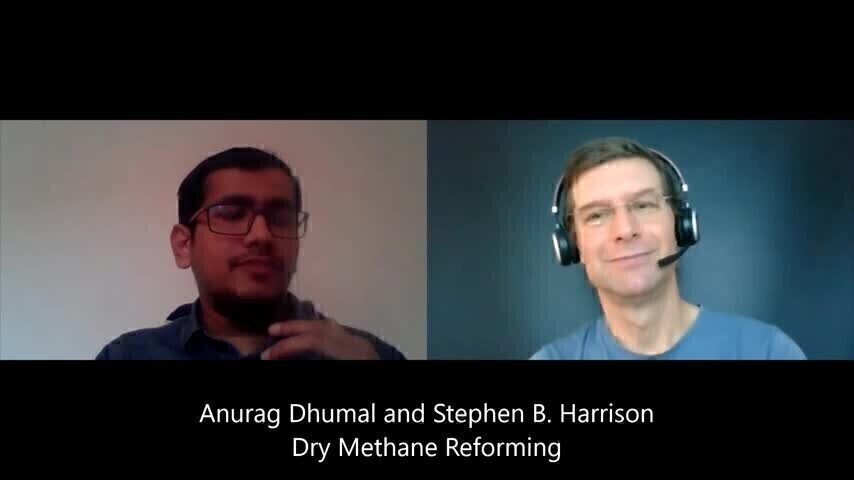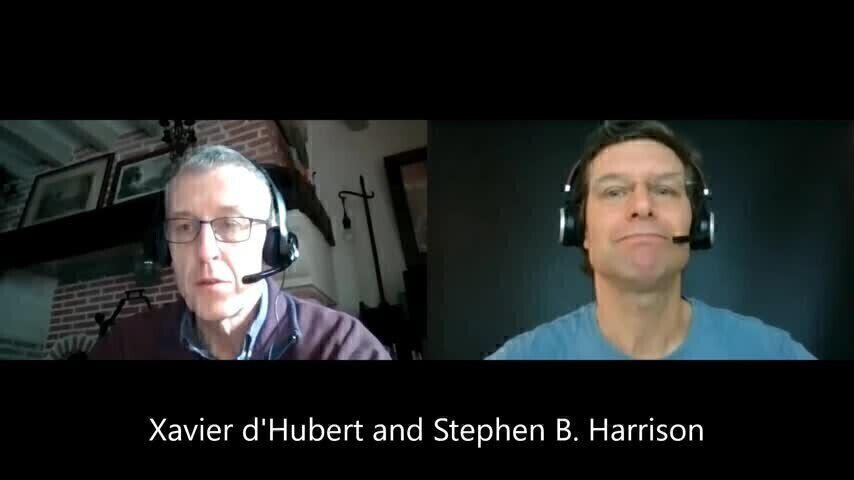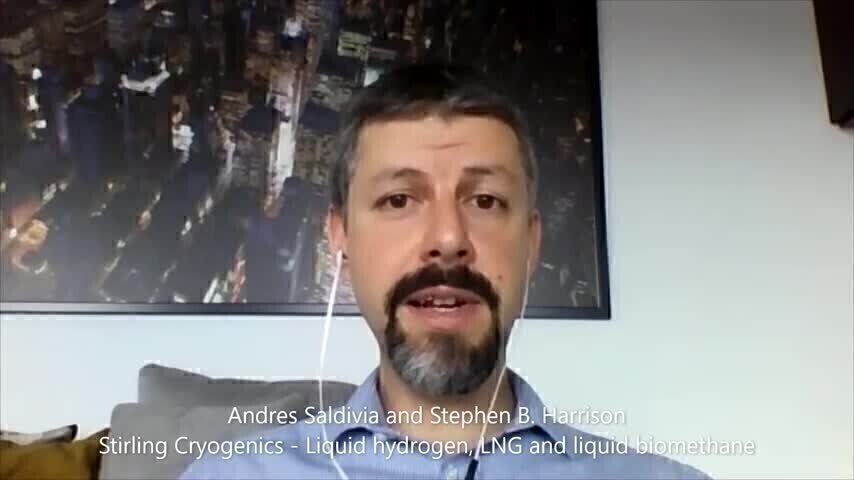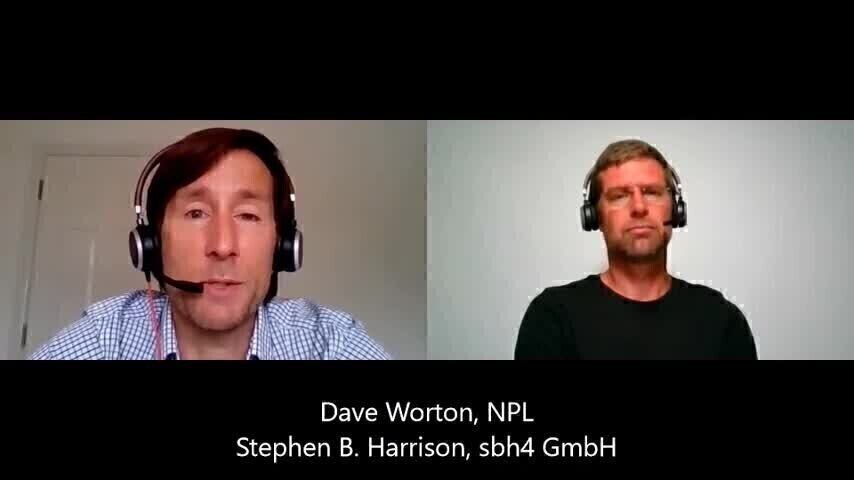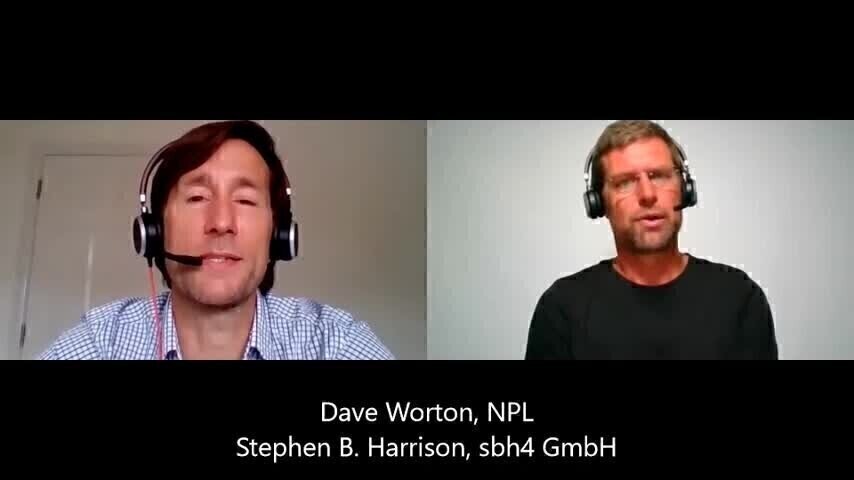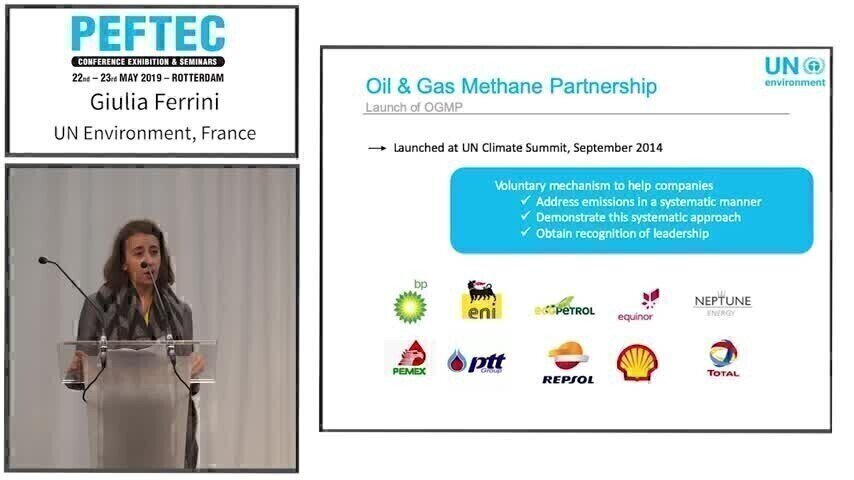Videos
Videos
Past Events
Developments in the area of metallocene catalysts have significantly increased productivity for the polymerization of ethylene and propylene. However, these catalysts can also be more susceptible to impurities such as arsine (AsH3 ), phosphine (PH3 ), hydrogen sulfide (H2S), and carbonyl sulfide (COS). This sensitivity to contaminants has driven a need to monitor impurities at the lowest possible detection levels. Contaminants can degrade a polymerization catalyst sooner than desired, and can...
Presenting at PEFTEC Prof Wolfgang Schrader from the Max Plank Institute Germany, gives an overview of Petroleomics. This free to view presentation lasting 40 mins is part of the PEFTEC eLearning series.
Mass Spectrometry (MS) with soft photoionisation (PI for fragmentation-free ionisation of organics, including saturates) enables the direct detection of intact molecules from complex organic vapours. Soft photoionisation mass spectrometry (PIMS) is particularly well suited for Evolved Gas Analysis (EGA) in Thermal Analysis (TA, techniques such as thermo gravimetry, TG or programmed vaporisation via a direct insertion probe, DIP). In particular PIMS allows the determination of the molecular or...
Vacuum ultraviolet absorption spectroscopic detection for gas chromatography (GC-VUV) was introduced in 2014. Since then, it has been established as a complementary tool to traditional gas chromatography - mass spectrometry (GC-MS) for qualitative and quantitative analysis. GC-VUV is based on the absorption detection of volatile and semi-volatile species from 120 - 240 nm, where all chemical compounds absorb and have unique absorption signatures. GC-VUV excels in the differentiation of isomer...
In recent years, comprehensive two-dimensional gas chromatography, or GCxGC, has become widely implemented in the chemical industry. This is due in part to the fact that GCxGC affords increased peak capacity, improved peak resolution, and up to an order-of-magnitude increase in sensitivity compared to traditional one-dimensional GC. Other highly influential factors include the availability of robust commercial systems with options for flow or cryogenic modulation and the development of enhanc...
In ethylene steam cracker facilities, ionic fouling, radical fouling and Diels-Alder fouling occur leading to the formation of solid materials depositing onto equipment. This subsequently hinders heat exchange within the plant resulting in costs in the range of millions of euros. The identification of these residues and quantification of their constituents is considerably challenging due to their very high complexity. The value of evolved gas analysis techniques (EGA) for polymer and chemi...
Gas chromatography (GC), mass spectrometry and optical spectroscopy are standard techniques for the analysis of petrochemical matrices and within last decade also comprehensive two-dimensional gas chromatography (GCxGC) did become a key technology in this field. The application of GC and GCxGC in hyphenation with mass spectrometry as well as spectroscopic techniques allow unprecedented qualitative as well as quantitative investigation of these matrices. However, the analysis of high boiling m...
Fingerprinting techniques using stable isotopes in formation-waters have been developed that overcome many of the problems with previous source-identification methods. Over the past 20 years, isotope fingerprinting techniques have been used repeatedly by the oil industry in Western Canada and abroad in a wide variety of exploration and production operations including for: Drill-Stem-Testing; completion operations; production monitoring; waterflood monitoring; stray-fluid identification during...
In chemical and petrochemical laboratories gas chromatography (GC) is a commonly used analysis technique. However, as matrices are challenging, the regular “out of the box” configurations of GC instrumentation may not be sufficient to overcome the application challenges caused by these matrices. Therefore often customized GC instrumentation, configured with additional detectors, valves, temperature control zones and sample introduction devices, is used. Using this customized instrumentati...
Combustion ion chromatography (CIC) provides a powerful means of measuring halides in a variety of samples. This webinar will cover the theory and application of CIC. A classic application of CIC in refining – the determination of halide in liquefied petroleum gas (LPG) – will be highlighted. Additional applications will cover gaseous, liquid, and solid sample types. Problems CIC helps solve include corrosion, product purity, catalyst poisoning, and material composition. The webinar not o...
Digital Edition
PIN 25.5 Oct/Nov 2024
November 2024
Analytical Instrumentation - Picturing Viscosity – How Can a Viscometer or a Rheometer Benefit You? - Sustainable Grease Formulations: Evaluating Key Performance Parameters and Testing Method...
View all digital editions
Events
Nov 18 2024 Rome, Italy
Nov 19 2024 Singapore
Nov 19 2024 Shanghai, China
Nov 20 2024 Karachi, Pakistan
Nov 20 2024 Maputo, Mozambique
